Preston Mill
Building In East Lothian, Borders
Quirky water mill maintained by National Trust for Scotland.

I discovered Preston Mill whilst planning our trip around East Lothian and it went to the top of our list when we saw the photos of it -what a quirky place! It stands like something out of Harry Potter in the middle of the countryside, but was actually a working mill until 1959.
You can take a guided tour to learn about how the mill worked and the process of milling oats and when we turned up, the tours were running every hour. We just missed out on a 12.30pm tour, so we had a wander around the surrounding area. There is a path just over 1.5km long which takes you over the River Tyne (no not that one), past Phantassie Doocot and along the river back to the mill.
The doocot is brilliant - it held over 500 doves at one point, and there were still birds fluttering in and out as we approached it. The rest of the walk was lovely and we were lucky to see a variety of birds including a Dipper, Linnet, Reed Bunting, but more excitingly a Kingfisher and a Water Rail. We later learned our guide had only seen a Kingfisher there three times over five years, so we must have had beginners luck.
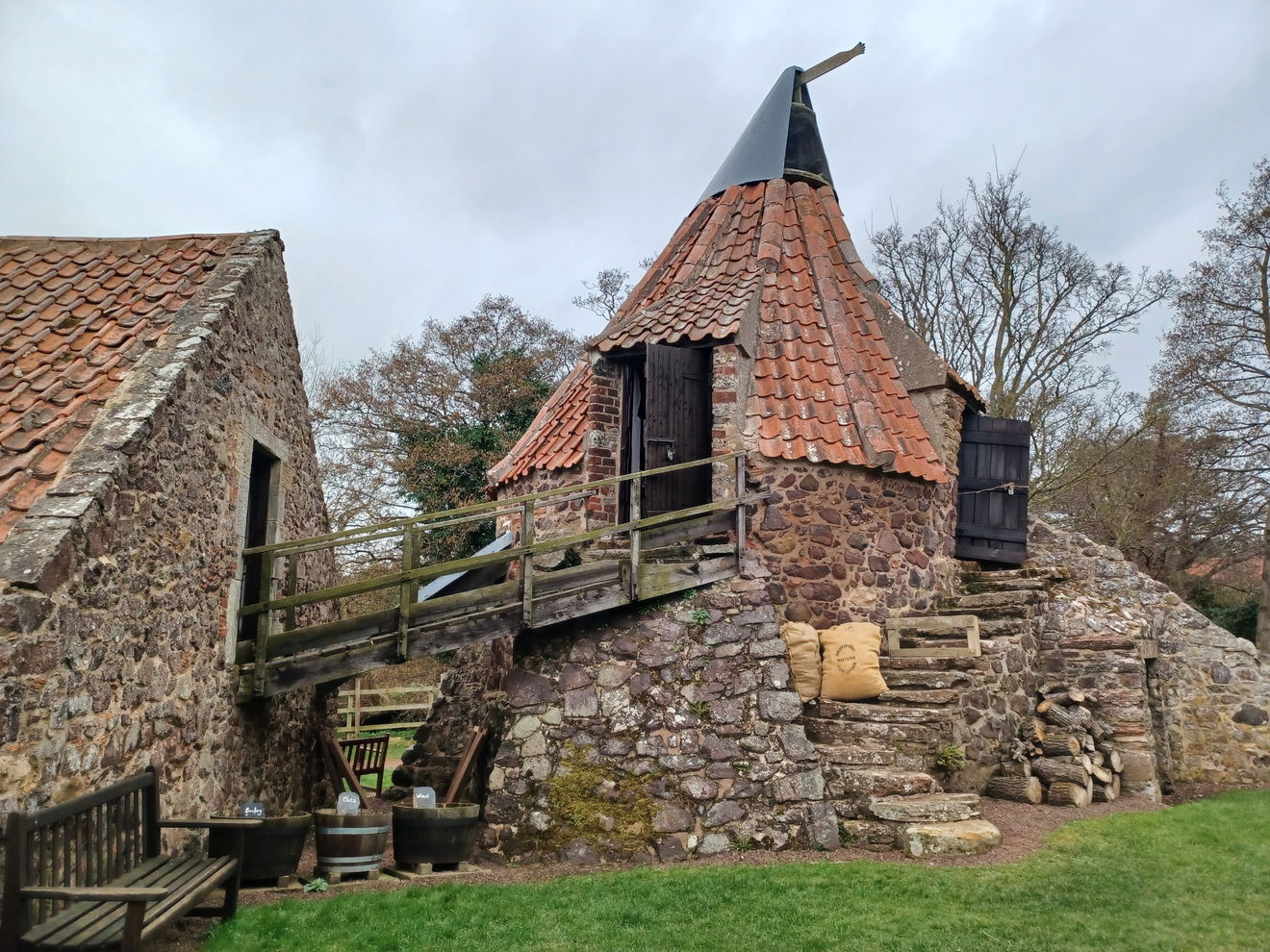
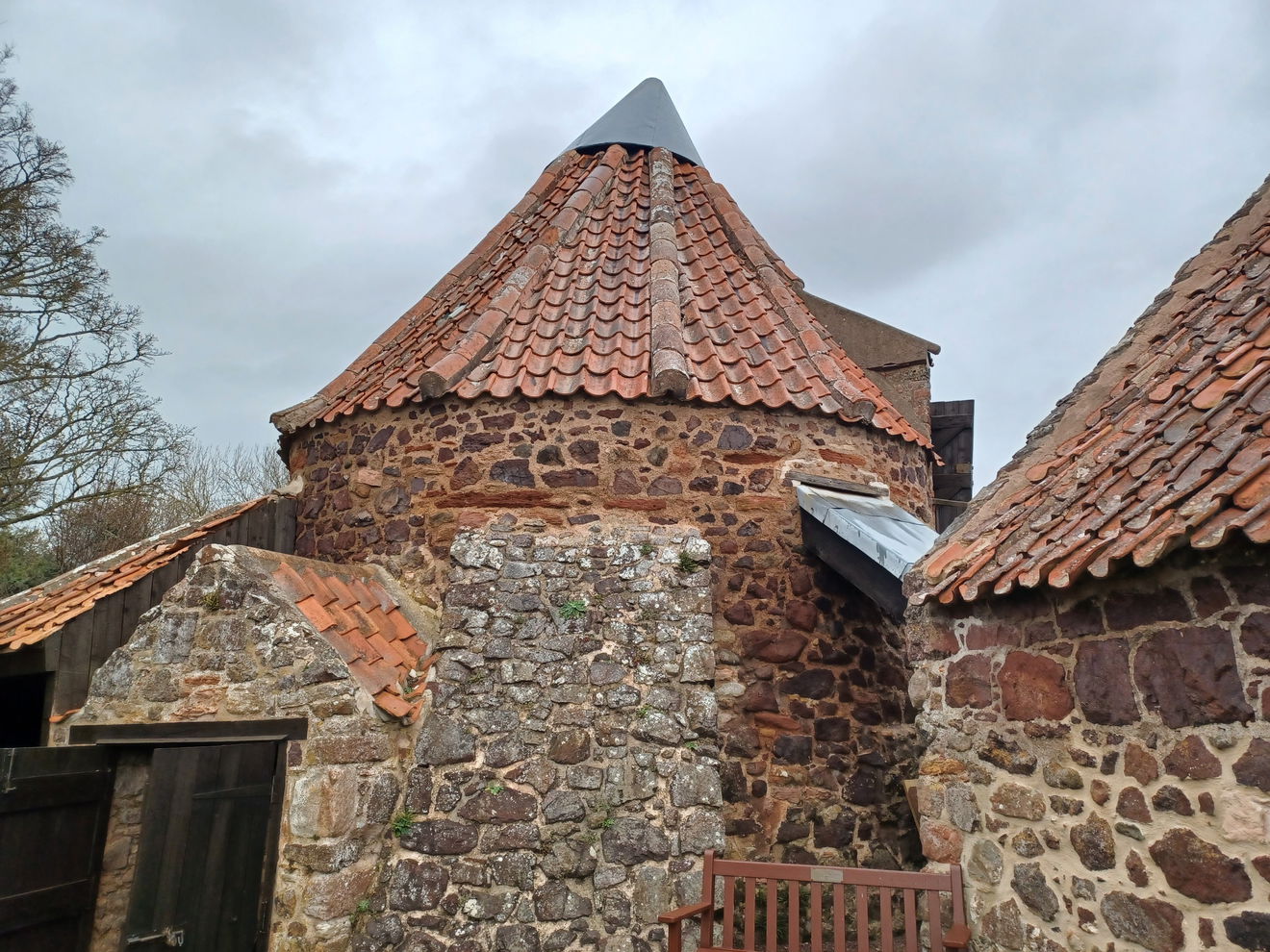
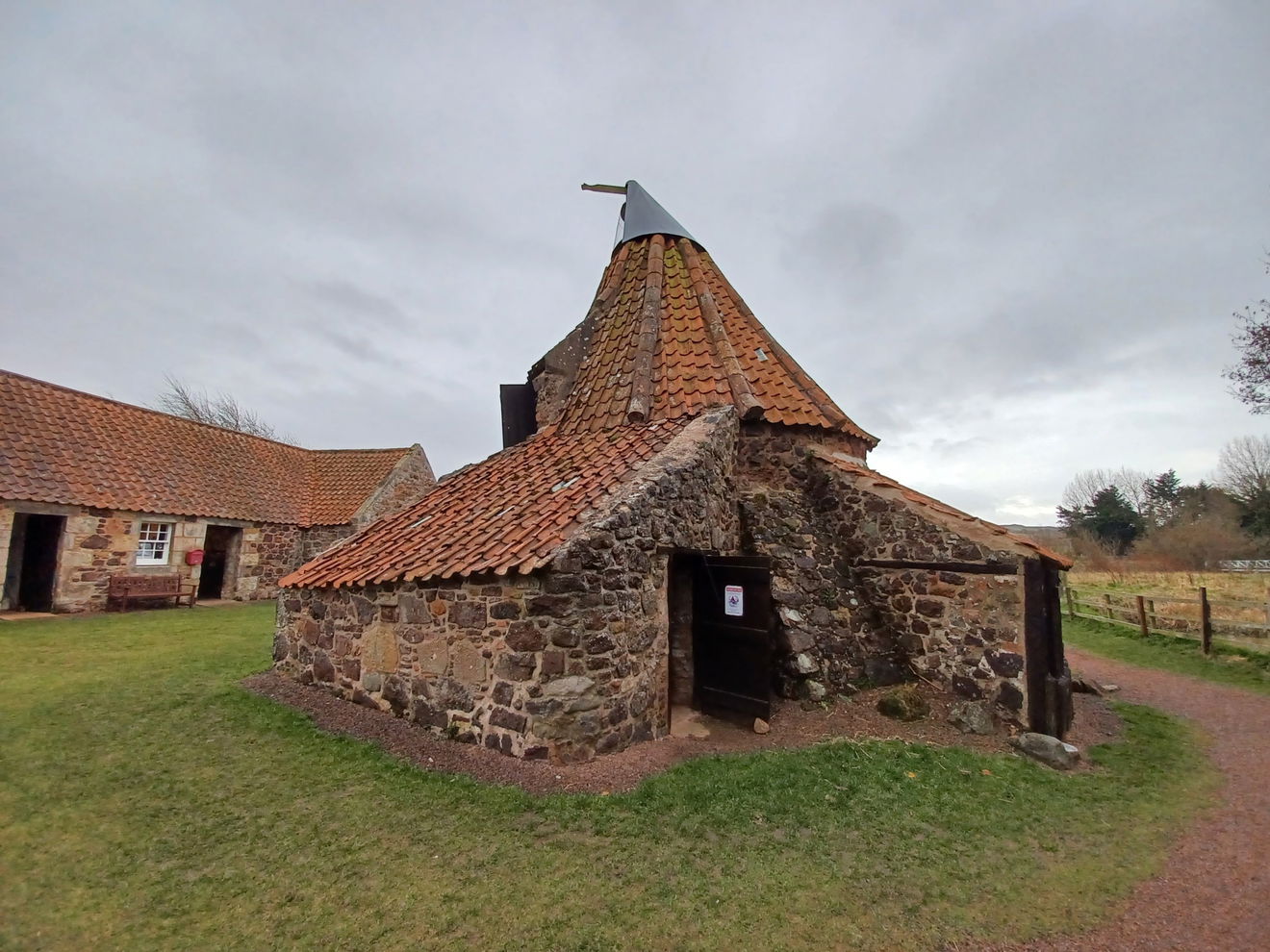
So, we got back to the mill in time for the next tour and we met our guide Fraser (and his lovely dog Toby, who also came on the tour). Fraser was a brilliant guide and kept us enthralled throughout the one hour tour. We firstly admired the mill from the outside and Fraser explained why the building is so unusual. It was originally a single cylindrical building, however, buttresses were built to support the base when the walls started twisting, hence the wonky shape of the first floor door too.
The characteristic tiles on the roof are known as 'dutch tiles' or 'pantiles' and were imported to England as ships ballast. The ballast helped maintain a ship's stability when it was sailing, particularly if the ship was empty on it's return journey after dropping off exports in Europe. The tiles are used in parts of Scotland where the weather is less severe, as the tiles can lift easily due to their shape. You'll spot them in Eastern and Central Scotland, the lothians and parts of Fife. Fraser also pointed out that some of the tiles had a makers mark in the form of a thumb print, so we spent the next five minutes looking for those.
Also on the exterior of the kiln is a set of stairs where the miller would have hauled up the bags of oats - no doubt this was a seriously heavy load, especially if the oats got damp.
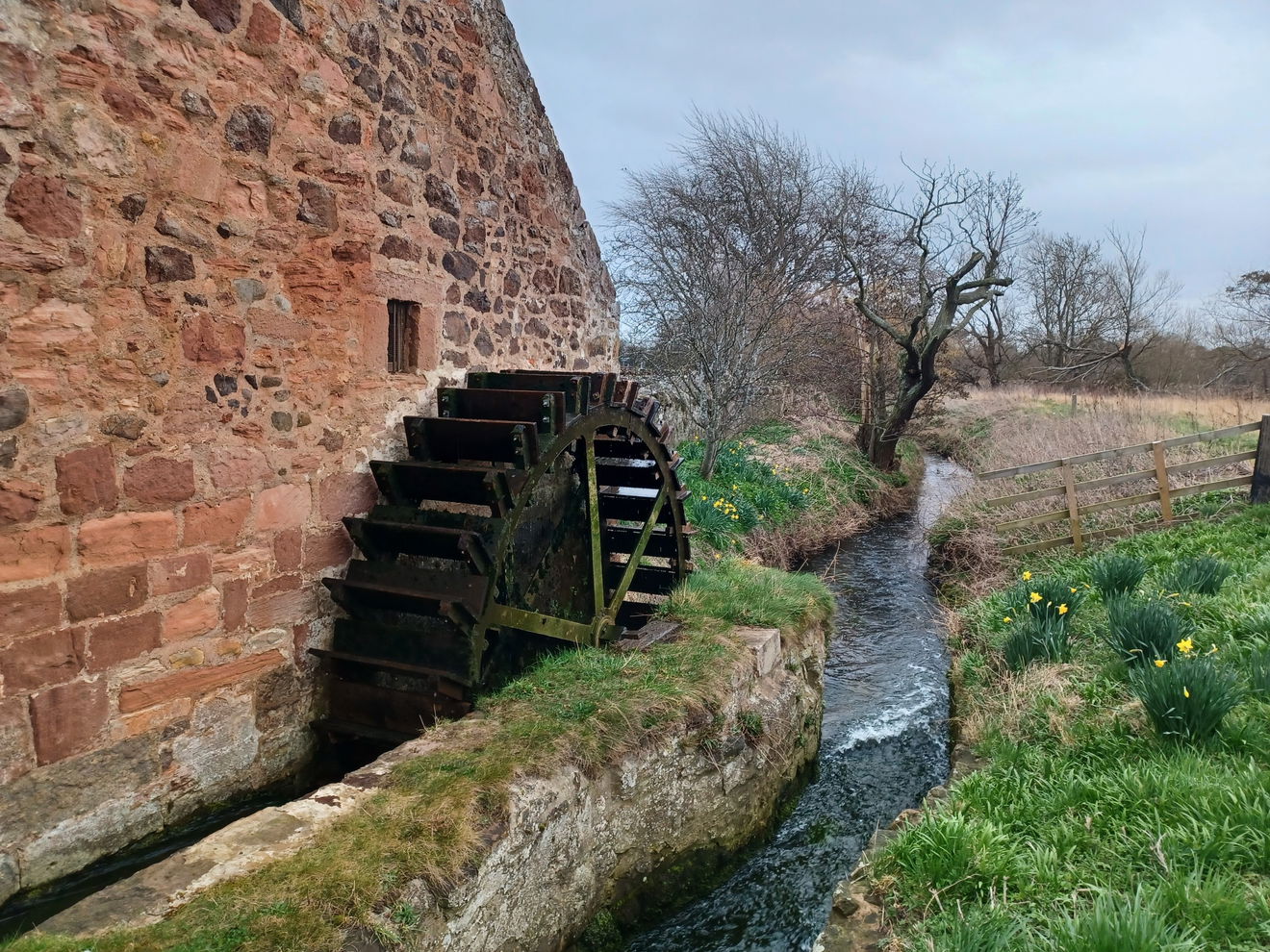
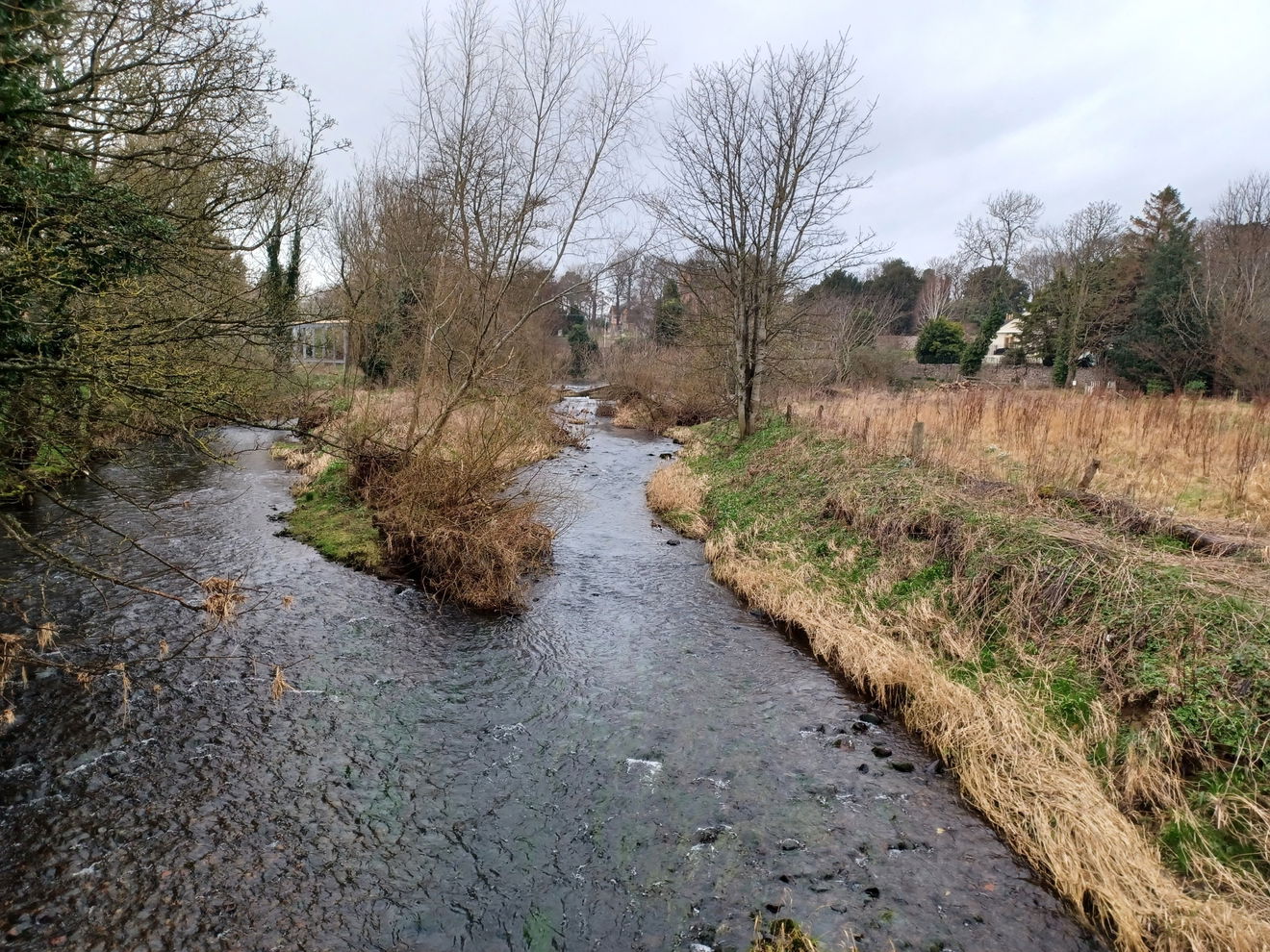
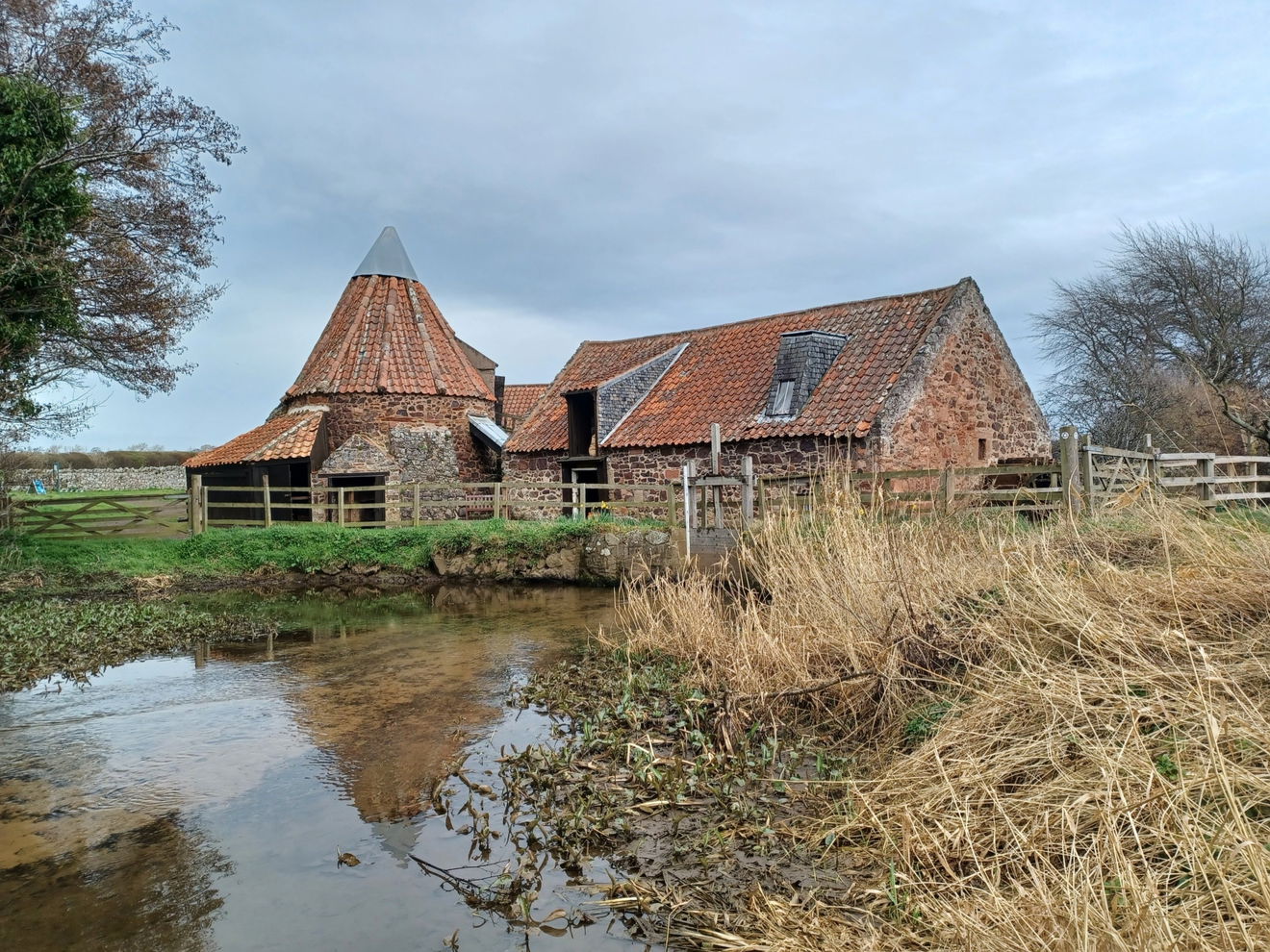
Onwards we went to admire the water wheel - the powerhouse of the mill. The wheel had been stopped over the mill's winter season, and it wasn't turning completely smoothly as it had only been running for a week since the site reopened to the public. When the wheel was powering the mill it would have had to have run smoothly as this would affect how the machines turned inside and the quality of the oats produced.
At this point, Fraser explained that the mill was a filming location for series one of Outlander, where Jamie hid under water from the Redcoats. Not something I've seen, but Jamie is pretty dishy apparently, so I might have to catch up with it.
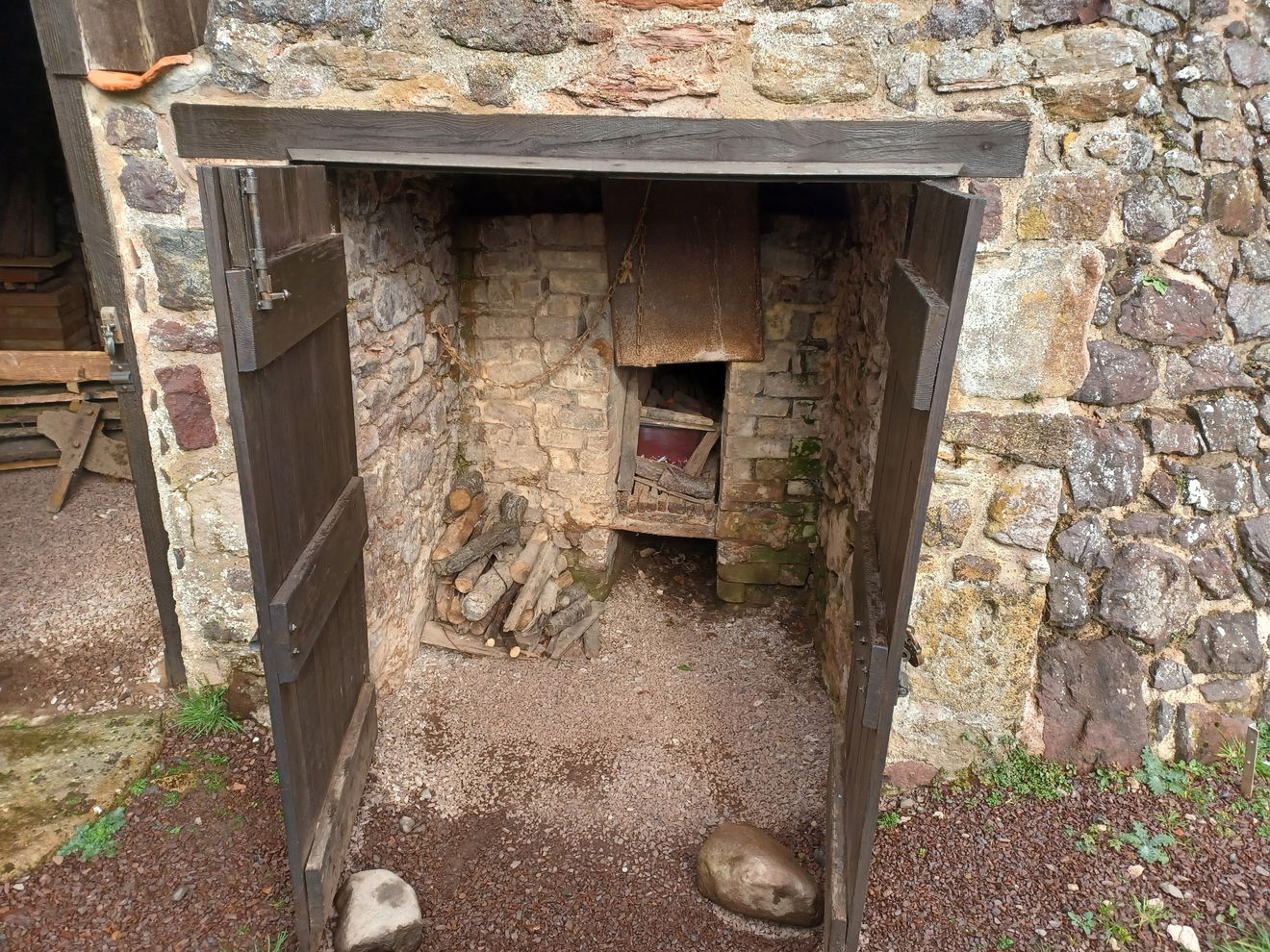
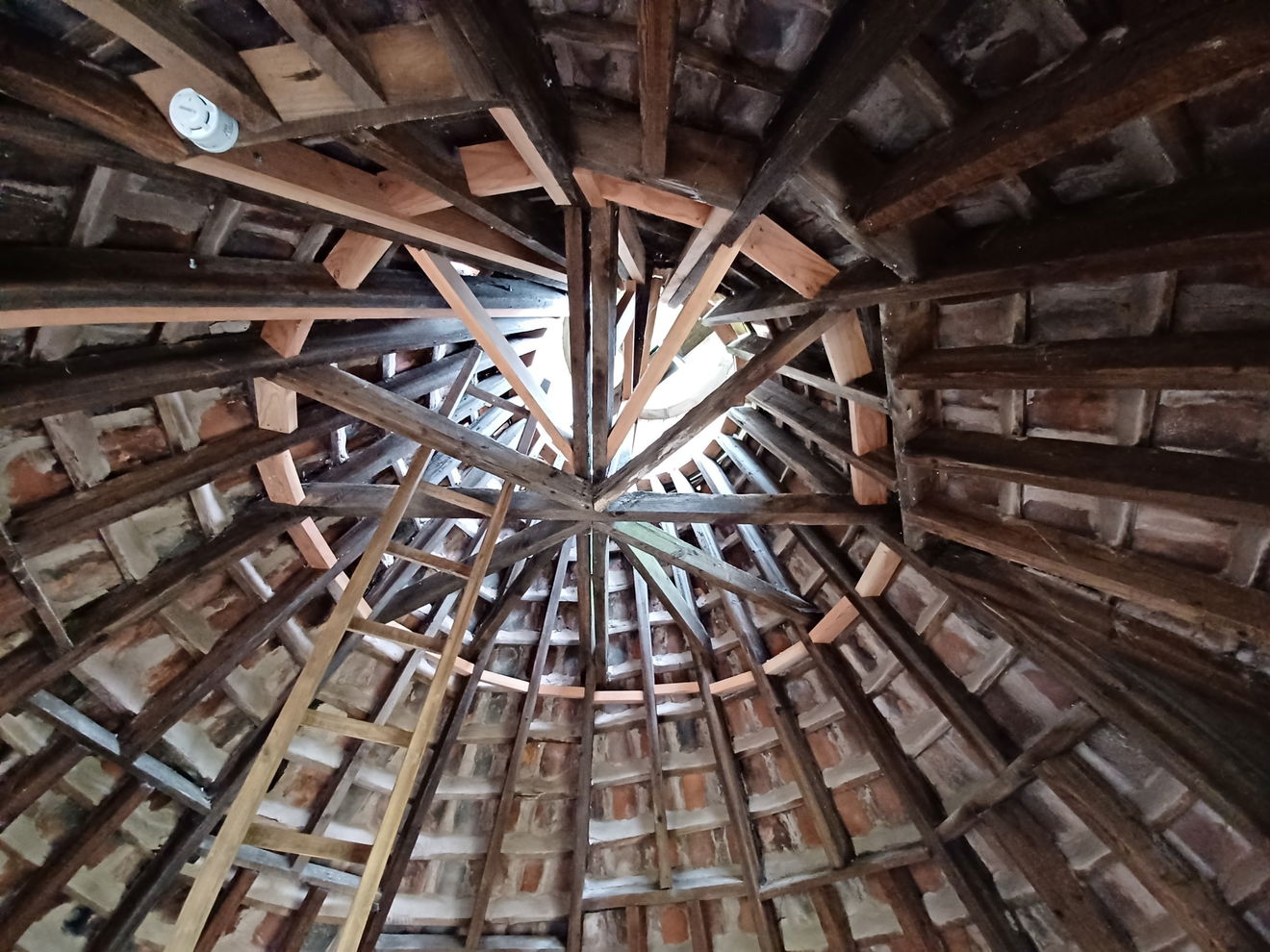
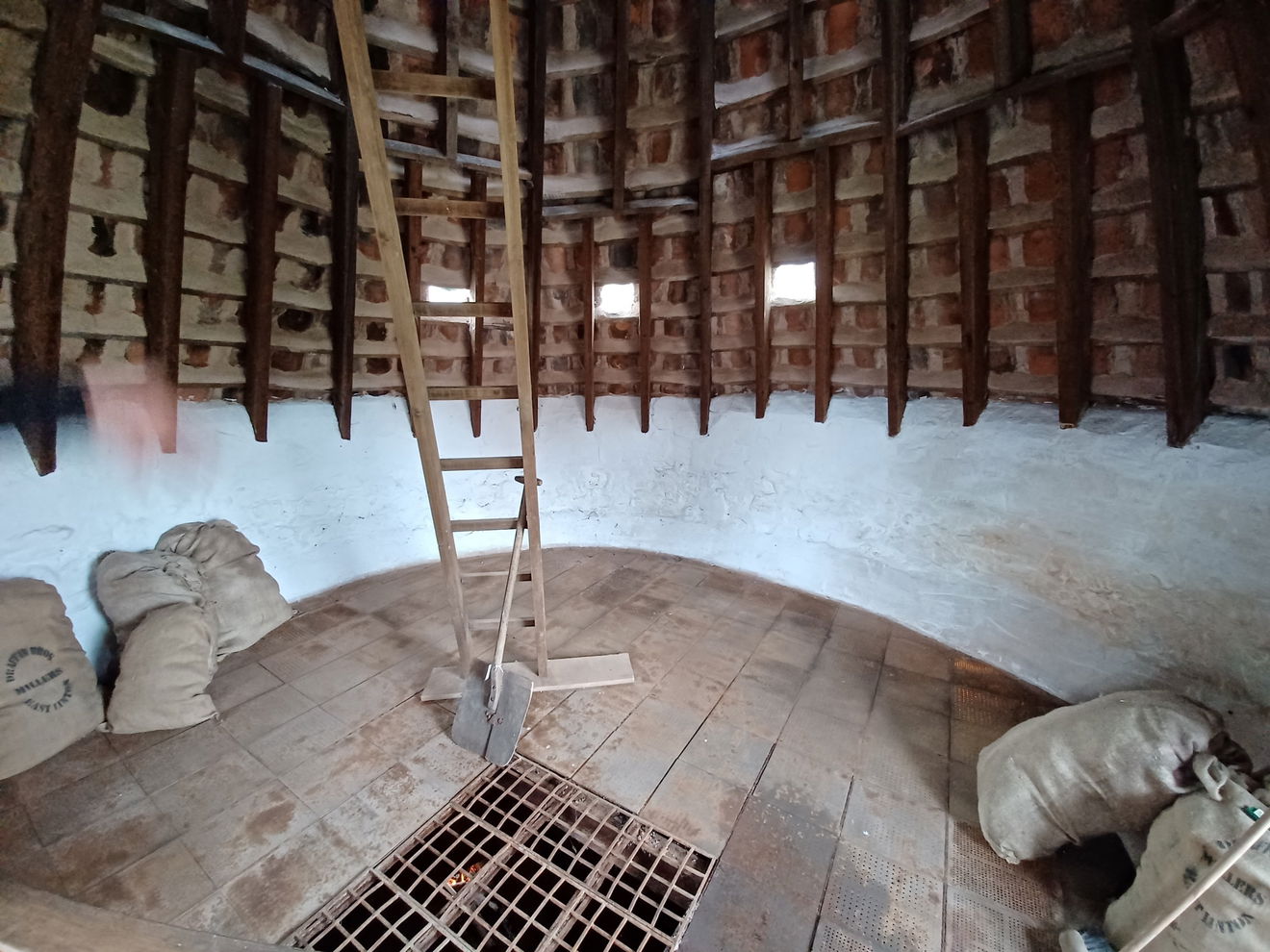
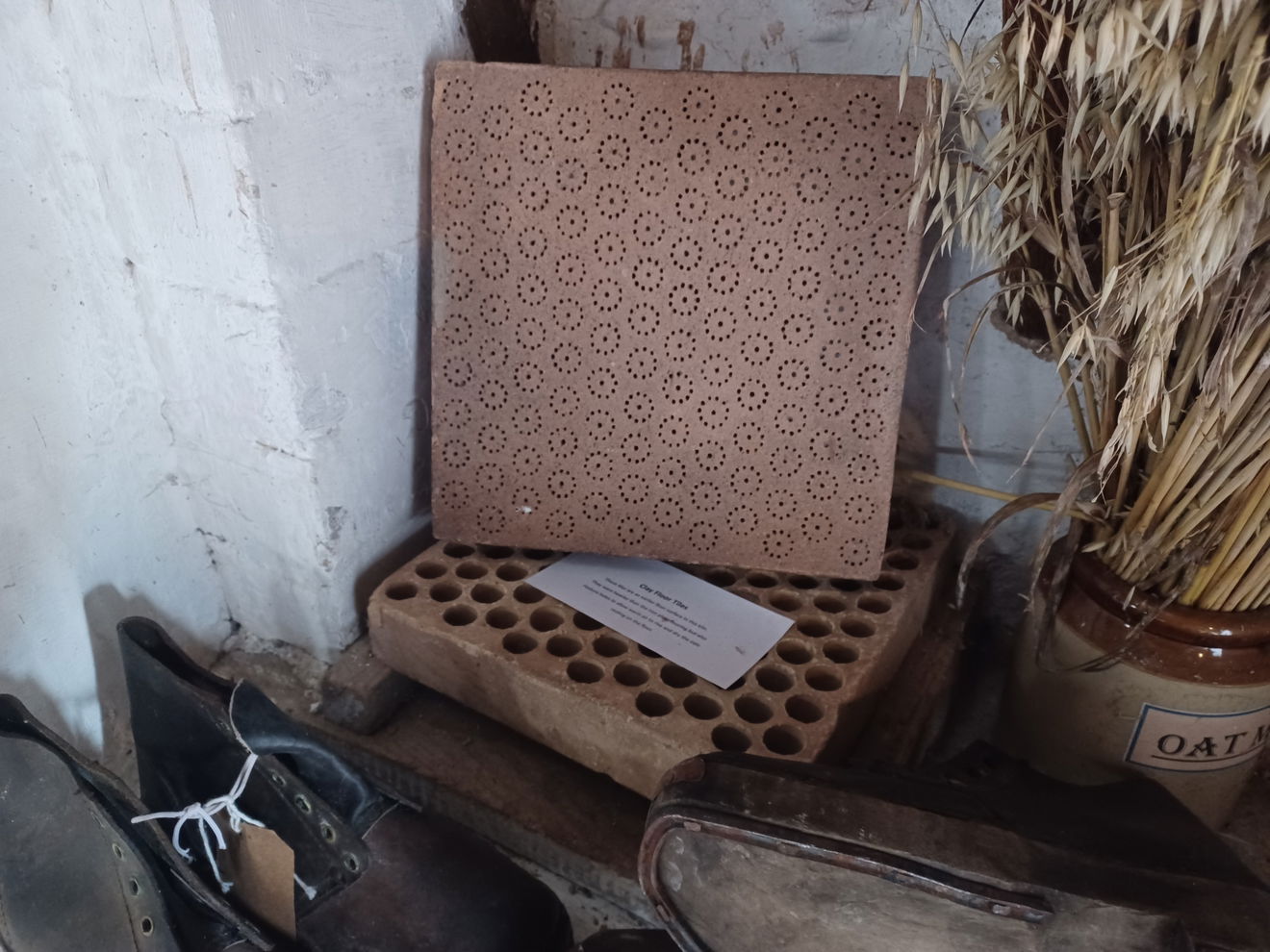
So it was time for a look inside and the first stop was the kiln where the oats were dried. The process involved lighting a fire underneath clay plates (and later, metal plates) and raking the oats out over the floor to help them dry.
The small black door on the ground level of the kiln was where the fire was lit. There were two openings where the fire could be started - facing east and west - and it depended on which way the wind was blowing as to which one was lit. The top of the kiln rotated so that smoke could escape with the wind, but it would still have been a dusty, back-breaking job to continuously turn the oats.
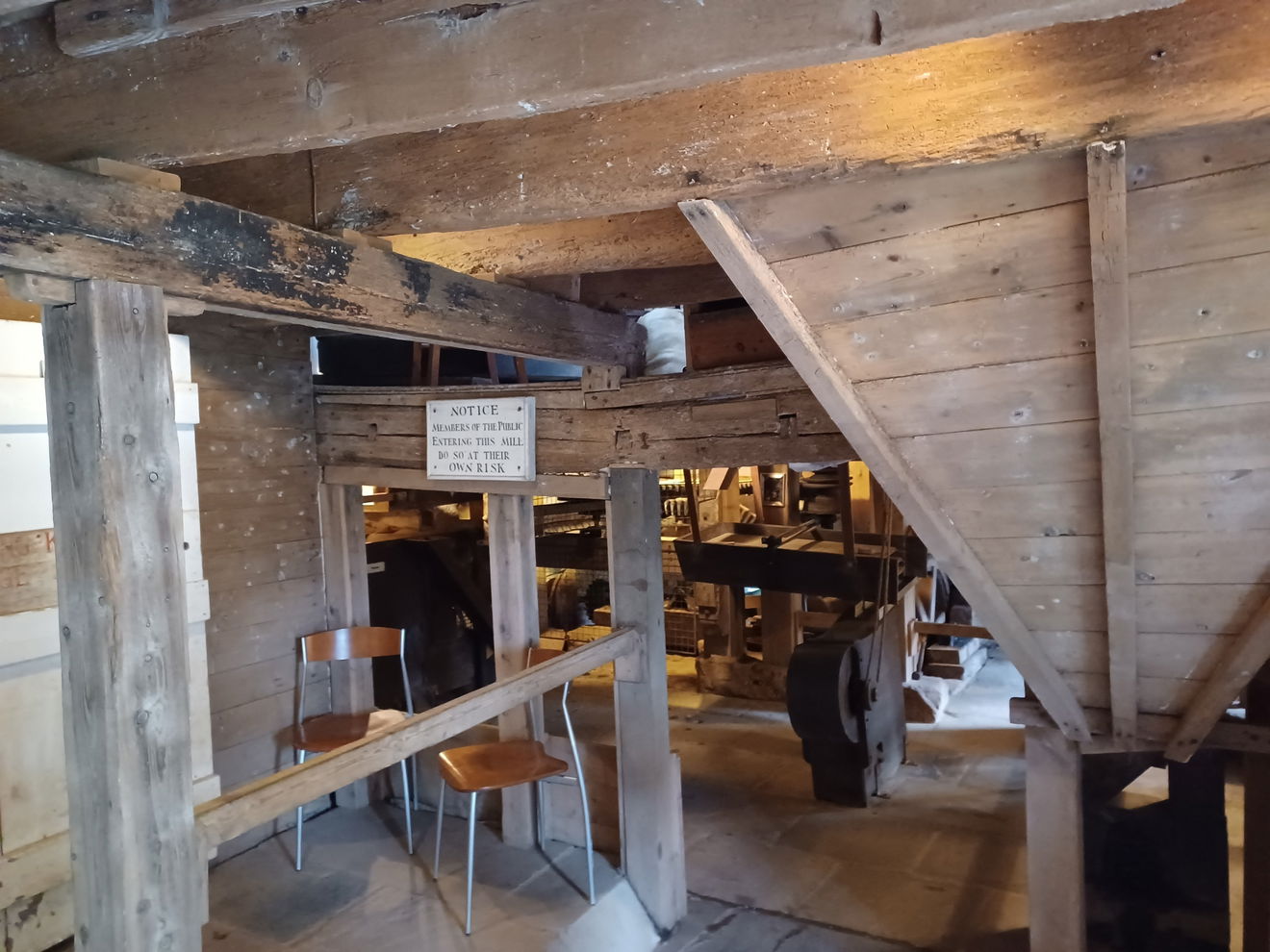
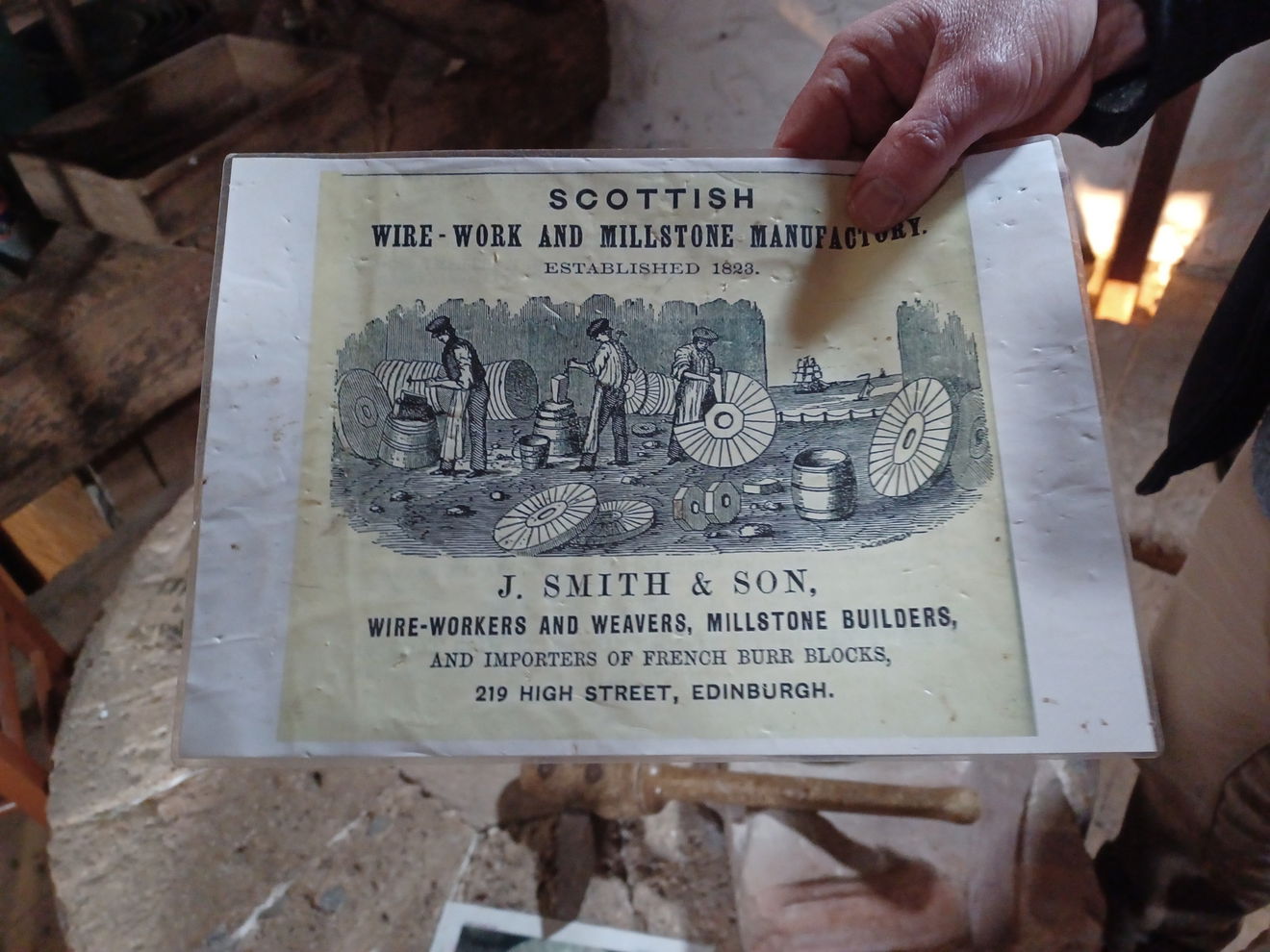
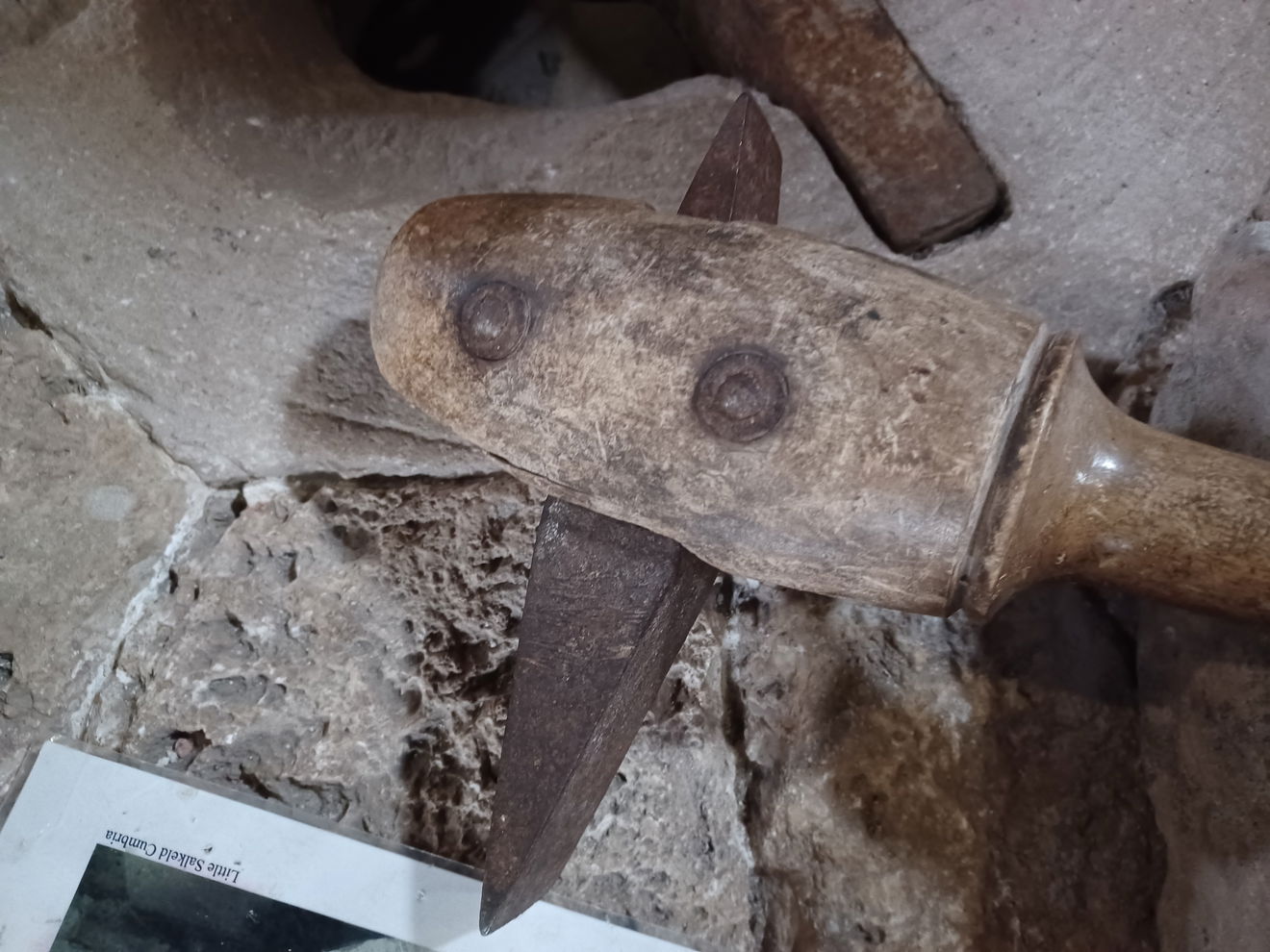
Finally we moved on to the mill itself where we could see all of the machinery and mill stones in action. You could see the opening where the water wheel turned and how it linked up with the cogs and millstones. There are metal guards in place to prevent visitors from putting their hands into the moving wheels, but these guards would not have been there when the mill was working.
We learned that there are many phrases still used in the English language that originate from milling. A prime example is 'throwing a spanner in the works', which was done in an emergency if an accident occurred to stop all of the wheels turning.
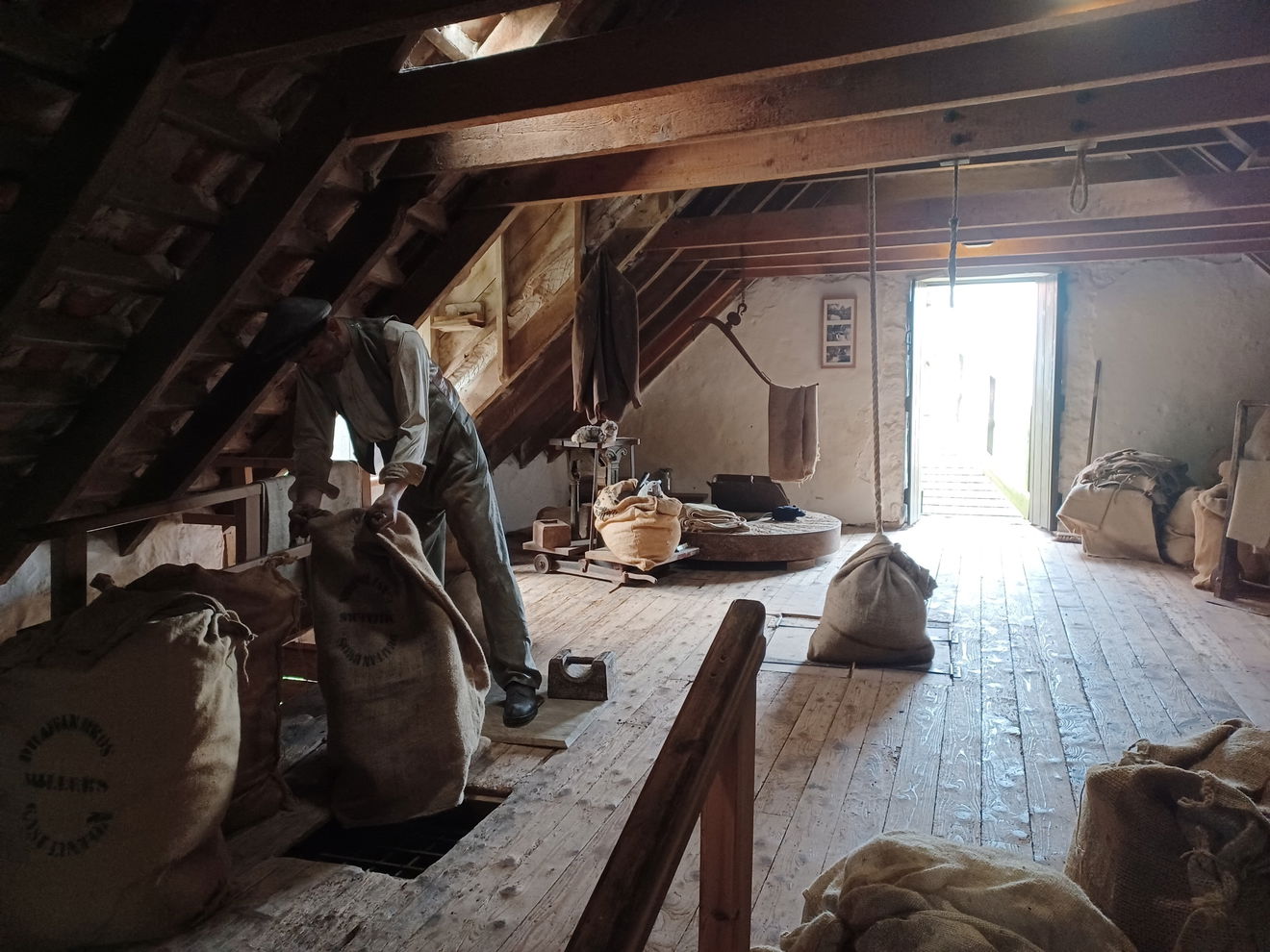
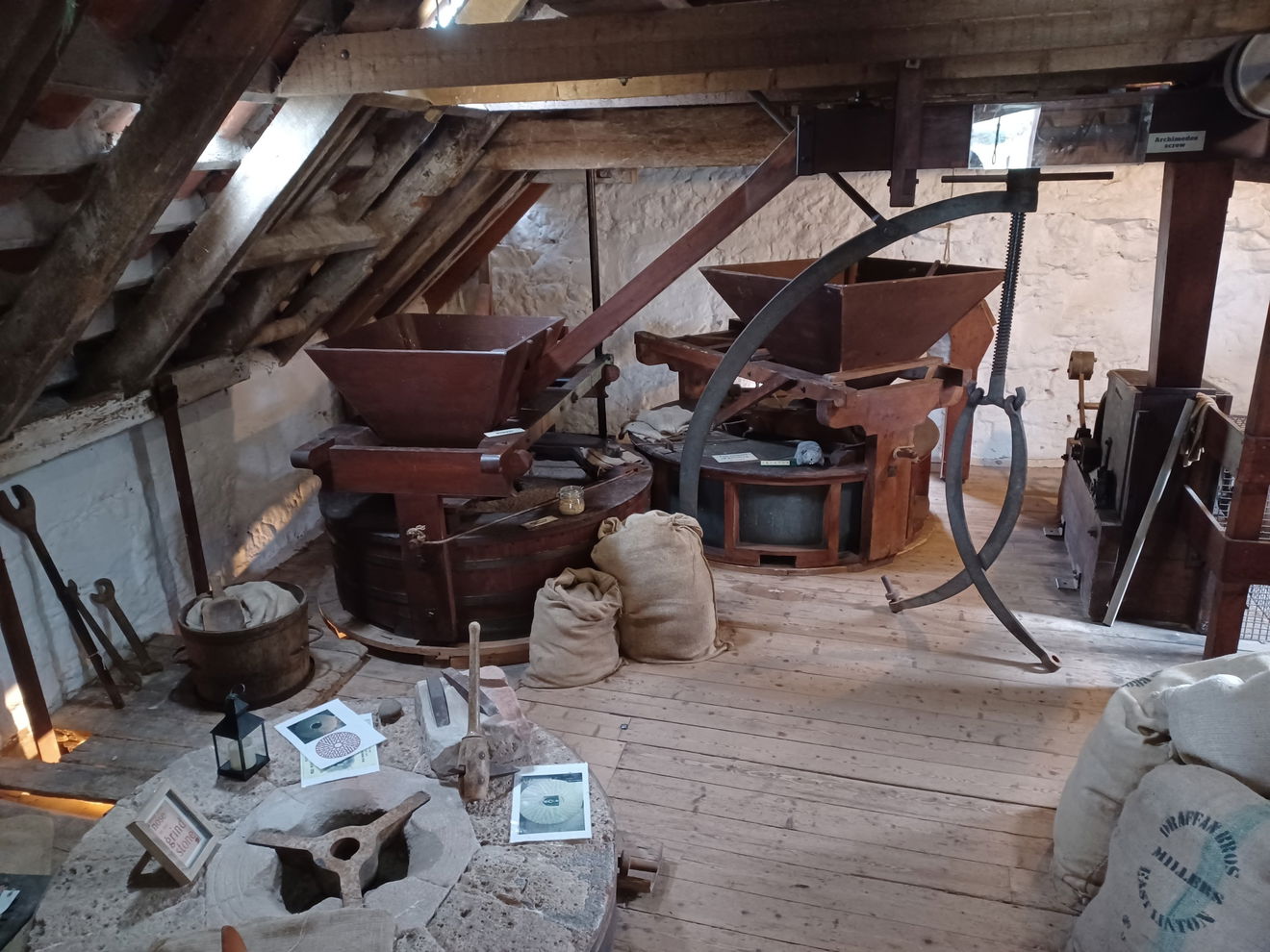
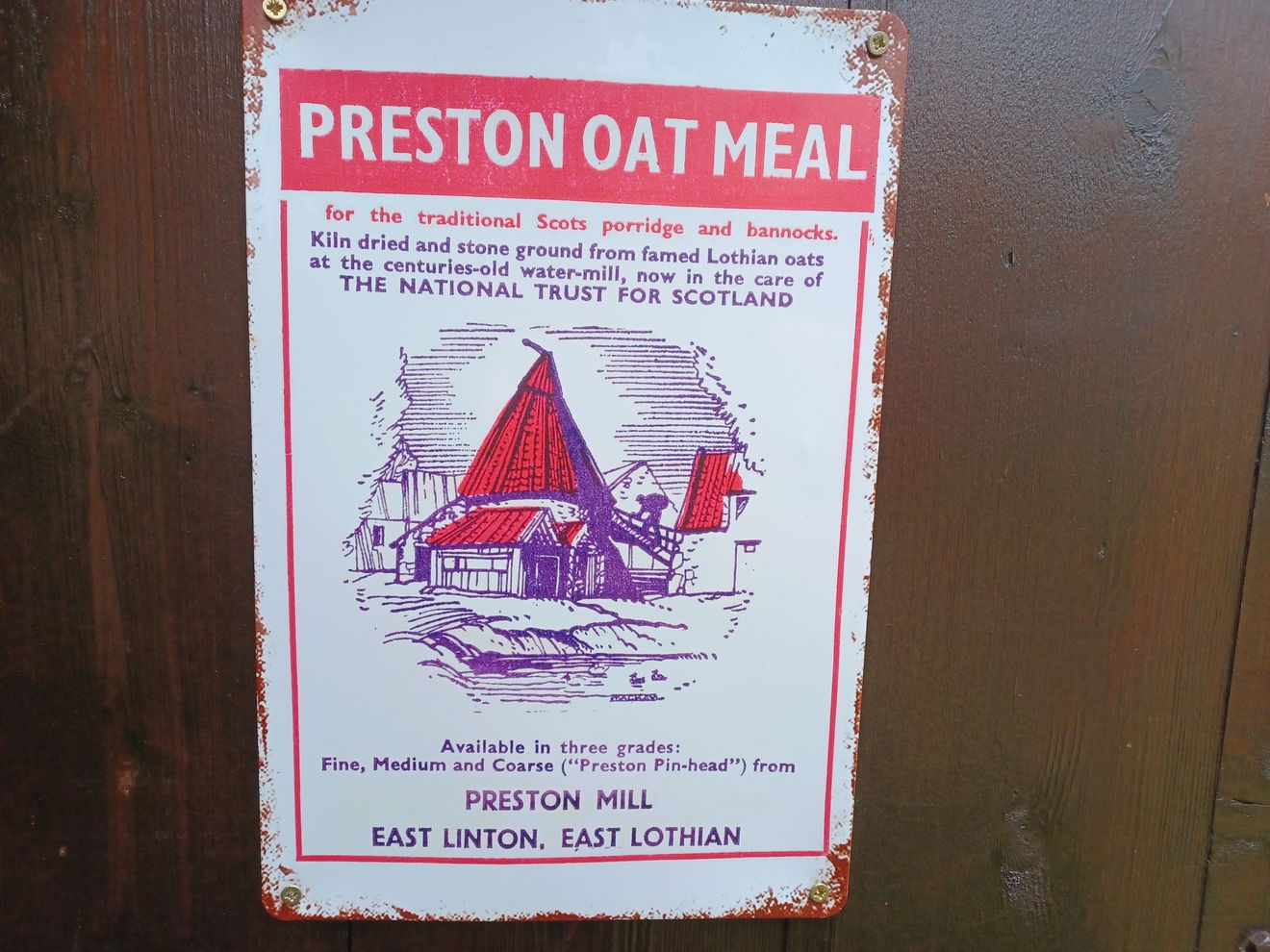
Fraser also mentioned a few more phrases which we still say today, including: 'a millstone around my neck', 'milling about', 'the daily grind', 'rule of thumb' and 'nose to the grindstone', and there are probably many more.
That was the end of the tour and there is probably a lot of information that I have missed, so it's worth booking yourself onto a tour if you are ever in the area. The site is managed by National Trust for Scotland, so if you have an English National Trust membership, you can gain free entry into the mill. There are loos and a lovely gift shop on site too.
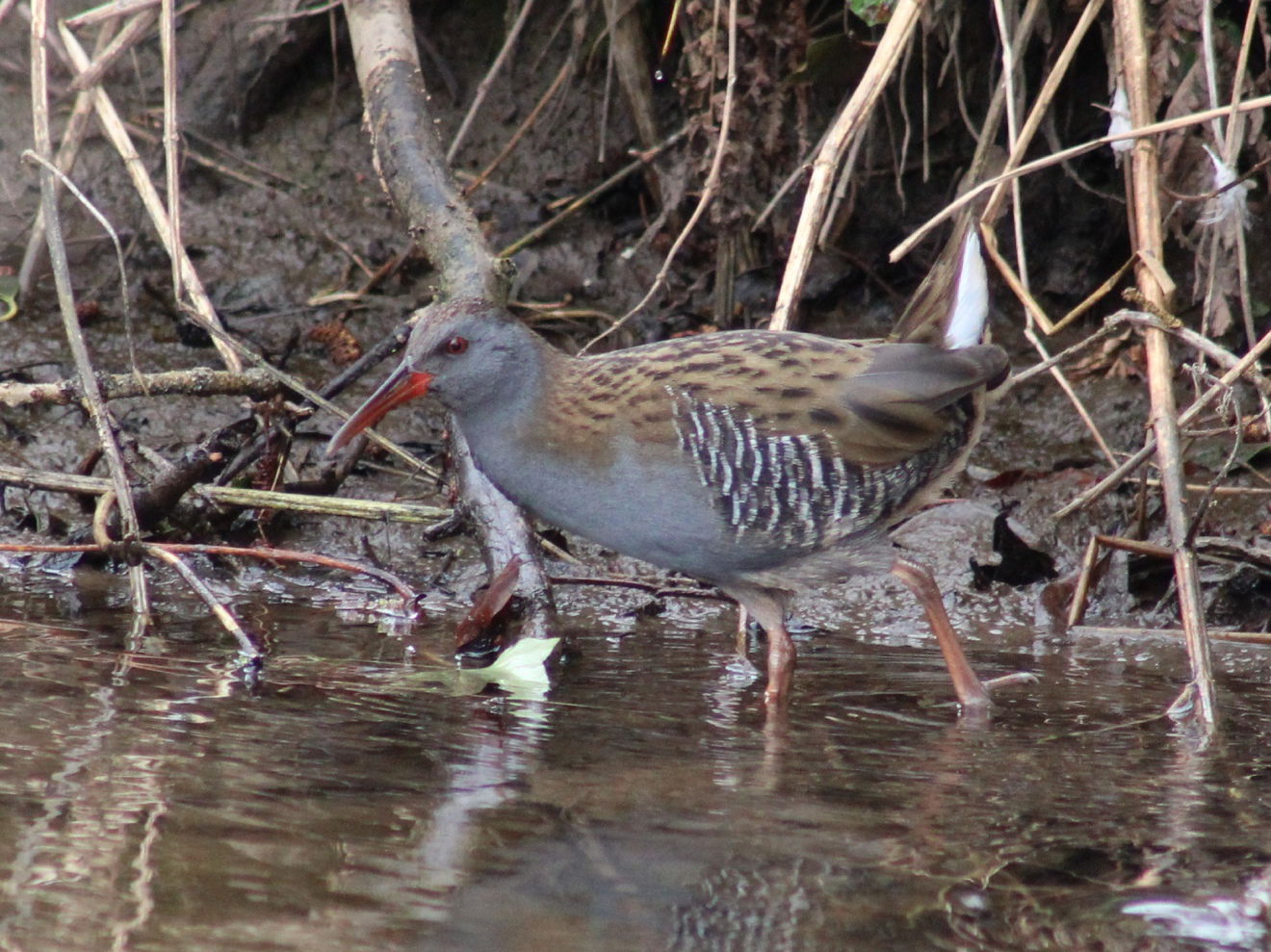
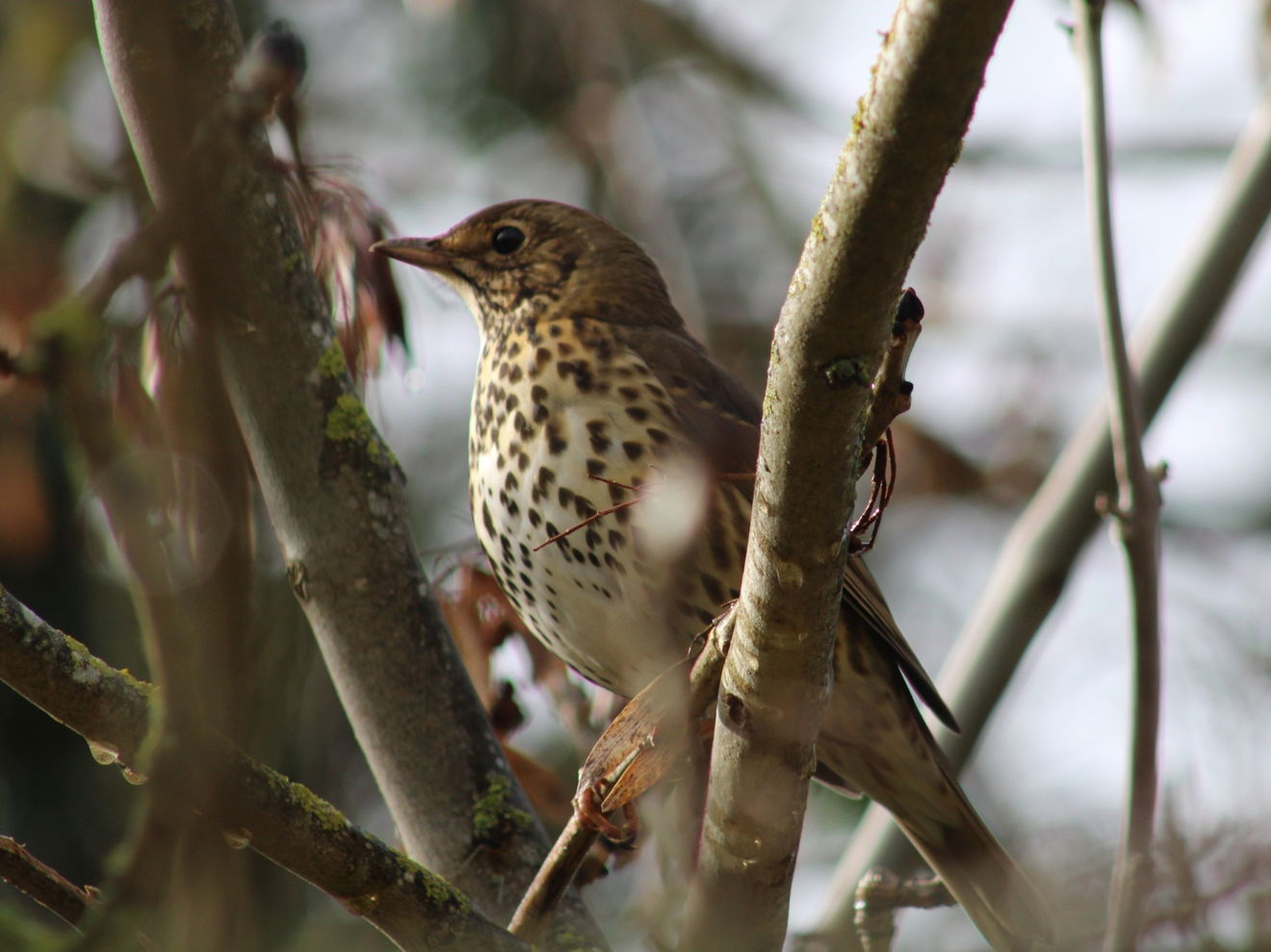
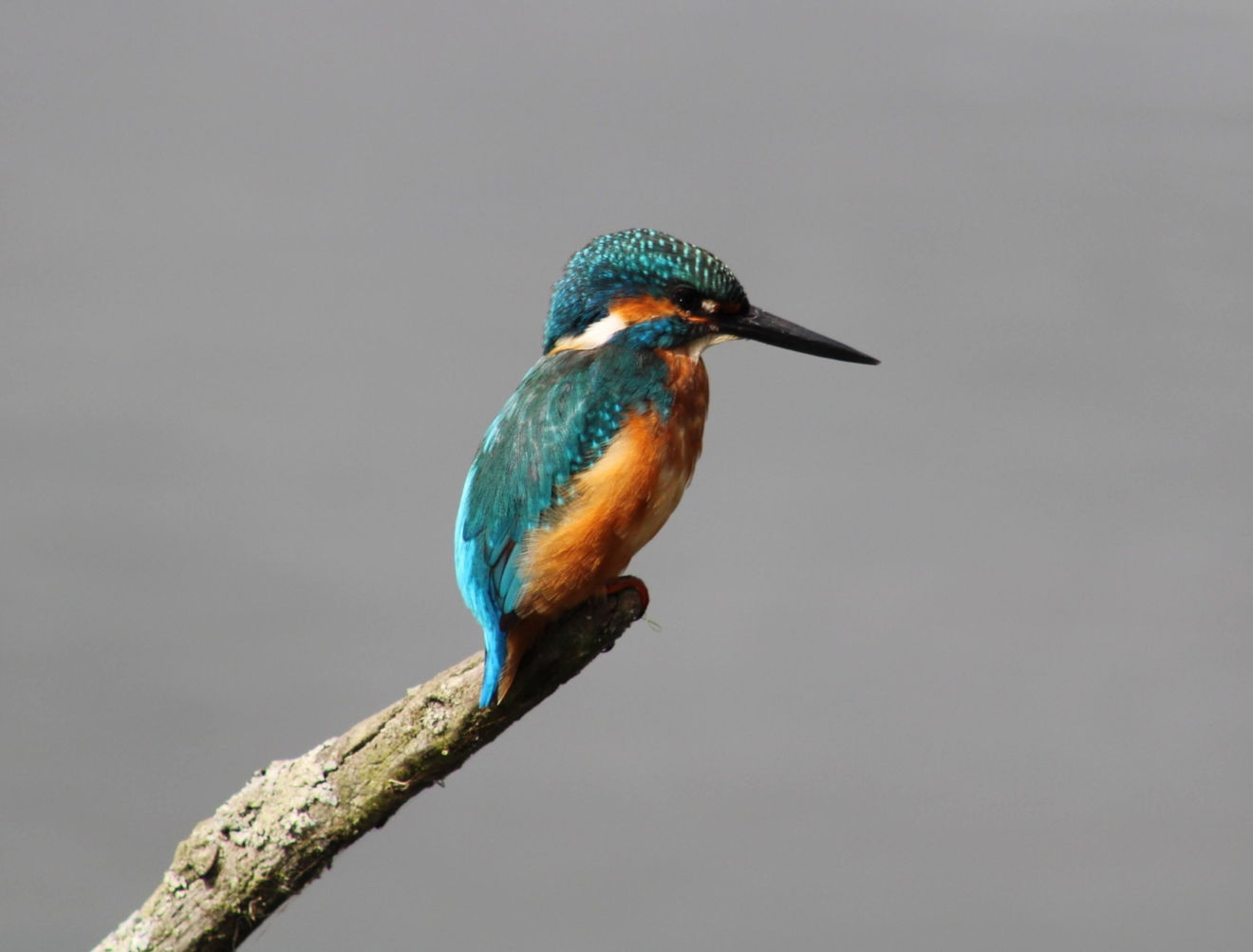
Get 3 points if you have visited this place. Already visited by 25 VIPs.
Login to the VIP area to add places to your bucket list, mark them as visited and more importantly see where you rank on the league table.
How To Find Preston Mill
Where To Park For Preston Mill?
Lat / Long
55.992521, -2.6515
What three words
There is a dedicated car park on site.
Contributed by Sandra Clemens
I love the great outdoors and have been a National Trust & English Heritage member for years. I also love going off the beaten track and finding places like Sharp's Folly or Rothley Castle which are hidden gems in Northumberland. My favourite recent hike was climbing Red Screes in the Lake District on a whim, not fully grasping how high 776m was. It was still an achievement to conquer a Wainwright walk and I hope to do more one day.
More Places from Sandra
More Places In East Lothian
Find more fabulous places in East Lothian, Borders and if you know of a place we haven't listed, then let us know.

Rood Well
Well East Lothian BordersA 16th century wellhead with conical roof, and 14th century finial borrowed from the Old Parish Church.

Hailes Castle
Castle East Lothian BordersDiscover Hailes Castle in East Lothian, a 13th-century riverside fortress and former Hepburn stronghold linked to Mary, Queen of Scots.
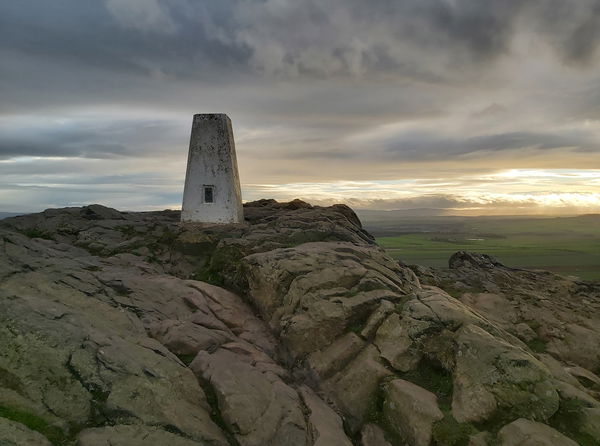
Berwick Law Trig Point
Trig Point East Lothian BordersThe trig point sitting on top of Berwick Law (187m).
More Buildings
So this building wasn't enough and you want more? Don't worry we have you covered.

AA Sentry Box 723 Cappercleuch
Building Selkirk ScotlandA 1956 style AA sentry box that would have been a sight of safety for many post war drivers until its closure in 2002.
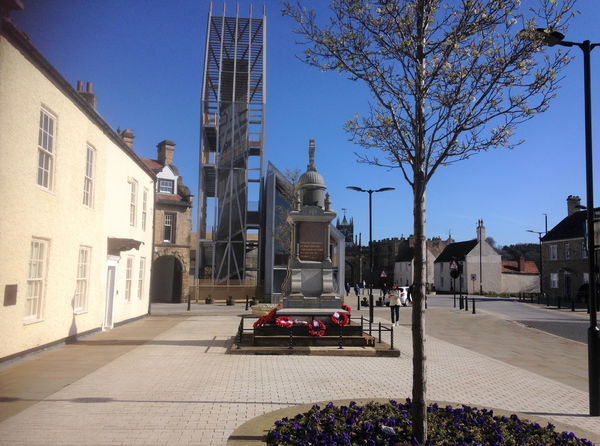
Auckland Tower
Building Bishop Auckland County DurhamA tower based on a siege engine amongst eclectic buildings
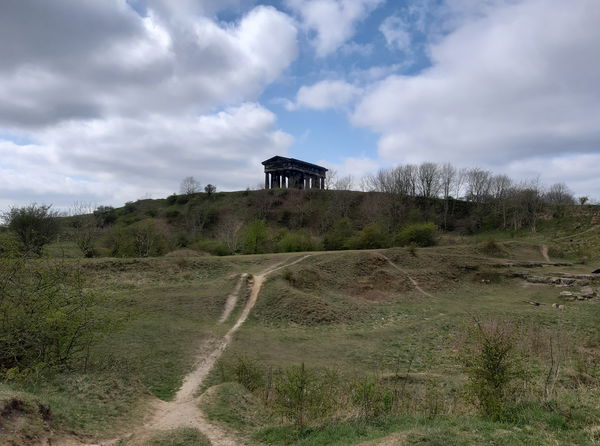
Penshaw Monument
Building Sunderland Tyne And WearA memorial in the style of an ancient Greek temple on Penshaw Hill owned by the National Trust.
Never Miss A Fabulous Place
If you are afraid of missing out on all the fabulous places we post, or just want to be the first to know, then sign up to the Fabulous North.
Each week we will email you all the brand new places that we visit.
Sign Up To AlertsFind Us On Facebook
We post all our new places daily on our Facebook Groups page, so join the group today and be notified when we add a new place.
Join Our Facebook GroupPreston Mill was listed in Building // Borders // East Lothian


